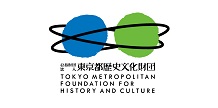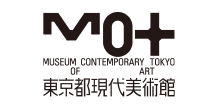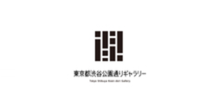HOJO Tomoko
- TOP >
- Archives >
- Residency Program >
- HOJO Tomoko
Exchange Residency Program
(Japan-based Creators sent abroad)
update: 2019.12.5
HOJO Tomoko
| Participating Project | Exchange Residency Program (Japanese Creators sent abroad) |
|---|---|
| Activity Based | Japan |
| City / Place stayed | Berlin / Kunstquartier Bethanien |
| Period | 2020.1 - 2020.3 |
Purpose of the residency
There are mainly two purposes of this stay. The first one is to create a work based on the sound archive at Humboldt University of Berlin. This archive contains a sound recording of the play by a Japanese theater group Otojiro Kawakami which happened in 1901 in Berlin. It’s also included songs by an actress Sadayakko Kawakami. Through researching these recordings, I plan to create a work based on Sadayakko who became a typical image of ‘Japanese woman’ throughout Europe and the United States at that time.
The second purpose is to visit Sound Arts scene in Berlin and to interact with international people concerned. I’d like to participate projects, concerts and exhibitions happening in Sound Arts related spaces such as Errant Bodies, Ausland, and Labor Sonor.
Plan during the residency
・Regarding a creation of my work, it’ll be based on research at the sound archive, Humboldt University of Berlin. Meeting people concerned to Sound Arts and Experimental Music, and participations to Sound Art related venues such as Errant Bodies are planned throughout a whole period.
・Before starting a residency: To do researches about Sadayakko and Japanese woman seen from Europe or the United States in the late 19C, based on Japanese, English books and the audio.
・To start research at the archive in Berlin. To visit museums, cultural facilities and universities mentioned above.
・In a collaboration with local artists and musicians, I would create a performance/installation work and do a public show.
Activities during the residency
Hojo's work aims to revive the voices of women silenced in history. In Germany, she surveyed the Berlin Phonogramm-Archive at the Ethnological Museum of Berlin and discovered the first-ever recording of a Japanese woman's voice, Kawakami Sadayakko's, was recorded at the wrong pitch and mistaken as a man's voice. Noticing that despite the idealizing of the beauty of her physicality and looks, her voice and words had been treated as no more than sound, Hojo created a work that searched for the lost voice of Sadayakko.
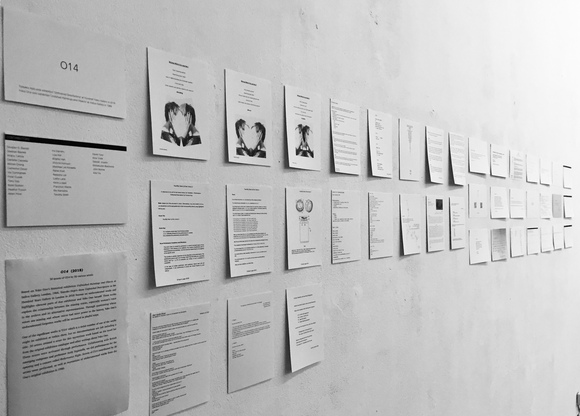
Open Studio View, 2020
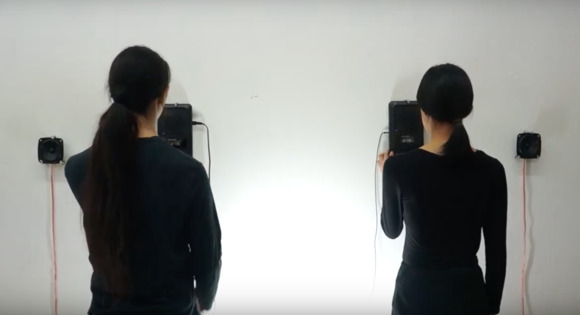
Hojo+Kasich Performance View, 2020
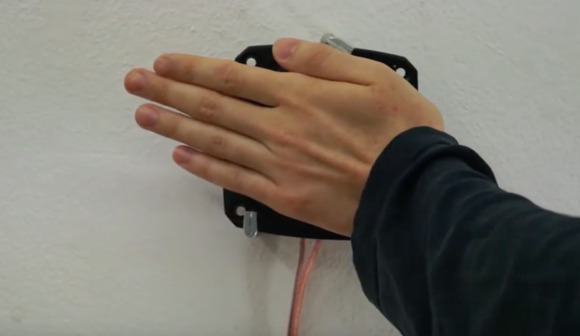
Hojo+Kasich Performance View, 2020
Installation View, 2020




